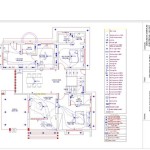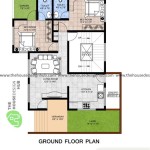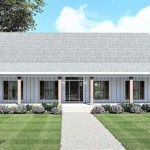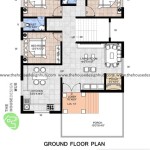Sketch Pad House Plans: Unlocking the Blueprint to Your Dream Home
When embarking on the exciting journey of building your own home, sketch pad house plans serve as the cornerstone of your architectural vision. They lay out the framework for your dream space, defining its form, function, and aesthetic appeal. Understanding the essential aspects of sketch pad house plans is crucial for ensuring a successful and fulfilling home-building experience.
What Are Sketch Pad House Plans?
Sketch pad house plans are preliminary drawings that outline the basic layout, dimensions, and features of your intended home. They provide a visual representation of your concepts and ideas, allowing you to explore design options, fine-tune details, and make informed decisions.
Why Are Sketch Pad House Plans Important?
Sketch pad house plans are essential for several reasons:
Communication: They serve as a universal language between you, your architect, and contractors, ensuring that everyone has a clear understanding of your vision.
Planning: They allow you to make informed decisions about the size, shape, and functionality of your home, avoiding costly mistakes during construction.
Cost Estimation: Based on the sketch pad house plans, architects can provide estimates for materials, labor, and other costs, helping you budget effectively.
Permitting: Many jurisdictions require sketch pad house plans as part of the building permit application process, ensuring that your plans adhere to local building codes and regulations.
Essential Aspects of Sketch Pad House Plans
Effective sketch pad house plans should encompass the following essential aspects:
Scale and Accuracy: Plans must be drawn to scale, accurately representing the dimensions and proportions of your home.
Floor Plan: This outlines the layout of each floor, showing the location of rooms, walls, doors, and windows.
Elevations: Elevations provide a vertical representation of your home's exterior walls, showcasing its architectural details and overall aesthetic.
Sections: Sections provide cross-sectional views of your home, revealing the interior structure and construction details.
Roof Plan: This outlines the shape, pitch, and materials of your roof, ensuring proper drainage and structural integrity.
Site Plan: This shows the relationship between your home and the surrounding property, indicating setbacks, driveways, and other exterior features.
Creating Sketch Pad House Plans
Creating sketch pad house plans typically involves the following steps:
Concept Development: Sketch your initial ideas, experimenting with different layouts and features.
Scale and Layout: Determine the scale and draw the floor plan, including room sizes and wall thicknesses.
Refine and Develop: Add elevations, sections, and other details to refine your plans.
Feedback and Collaboration: Seek input from family, friends, or an architect to enhance your design.
Finalization: Finalize your plans, ensuring they are accurate and complete before sharing them with contractors.
Sketch pad house plans are an invaluable tool in the home-building process. By understanding their essential aspects and following the steps outlined above, you can create a detailed blueprint that accurately captures your vision and sets the stage for a successful and rewarding home-building experience.

Seagrass Sketchpad House Plans

Beach Walk House Plan Cottage Floor Sketchpad Plans

Beach Walk House Plan Cottage Floor Sketchpad Plans

Sketchpad House Plans Sketchpadhouseplans Official Account

Beach Walk House Plan Cottage Floor Sketchpad Plans

Seagrass Sketchpad House Plans

Fl Sketchpad House Plans

Jamaica Sketchpad House Plans

How To Draw A Floor Plan The Simple 7 Step Guide For 2024

How To Draw A Floor Plan The Simple 7 Step Guide For 2024


















